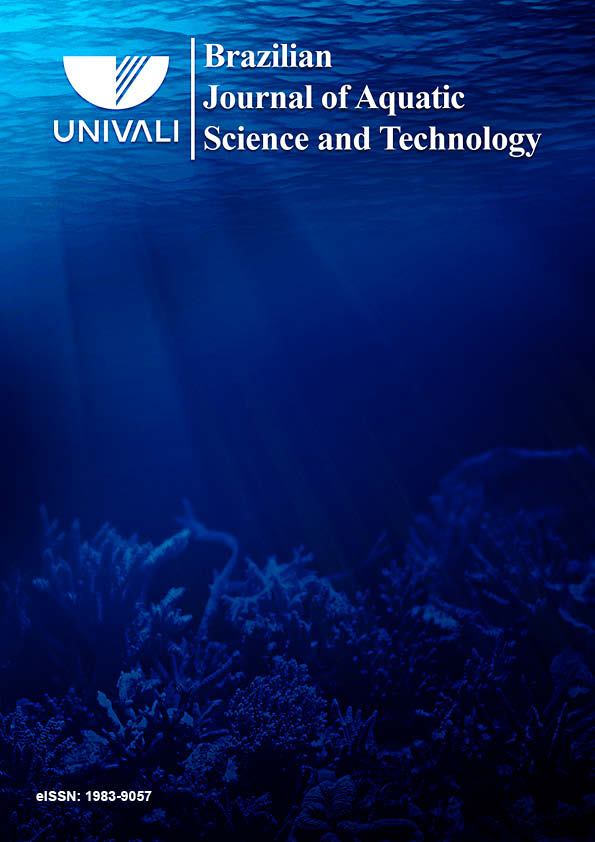Macrofauna composition of two beaches with distinct morphodynamism degrees in the beach arc Barra de São João – Ponta Pai Vitorio promontory – RJ.
Published date: 23/09/2016

This study was performed in the intertidal zone of Rasa and Unamar beach, located in the beach arc Barra de São João – Ponta do Pai Vitório Promontory, northern coastline of Rio de Janeiro, a poorly studied area. In order to assess the macrofauna composition samplings were carried out at both beaches on winter of 2003 and summer of 2004. The differences between the beaches are significant regarding both morphodynamic and macrofaunal composition. The Unamar beach is narrow and has a steeper slope, where waves reach directly the foreshore, being classified as reflective with a typical fauna of this morphodynamic stage, where crustaceans were the dominant taxon represented by Emerita brasiliensis , Excirolana braziliensis, Atlantorchestoidea brasiliensis and Lepidopa richmondi. Rasa beach, on the other hand, has a larger width with a gentle slope and an extense surf zone, classified as dissipative, with Dean’s Morphodynamic index (Ω) equal to 5,1 and 8,5 respectively on winter and summer. The fauna is richer and extremely distinct from other beaches in Rio de Janeiro state, presenting unique species, as Talorchestia tucurauna, Platorchestia monodi, Aspidosiphon (Aspidosiphon) muelleri and Austinixa patagoniensis. The coleopteran Bledius hermani also found at this beach represents the first occurrence to Rio de Janeiro.









